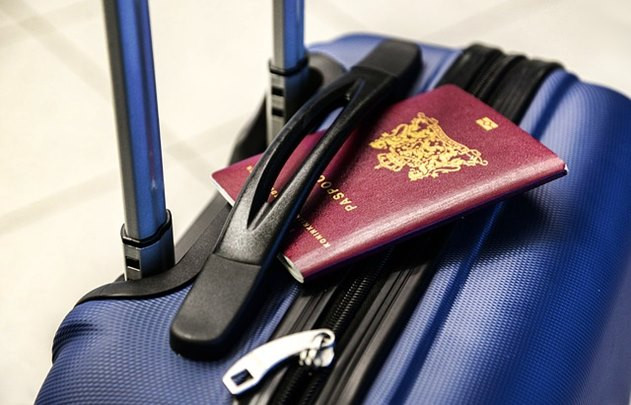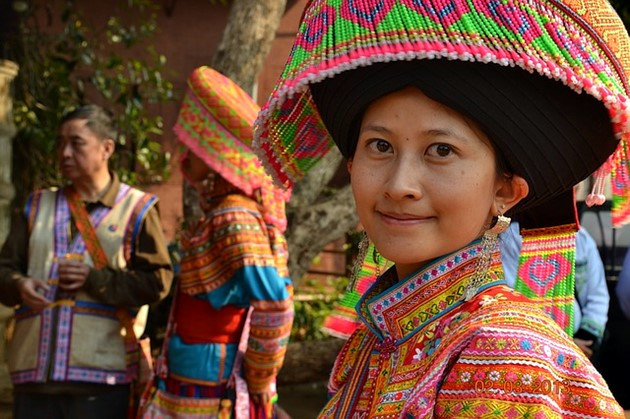
Are elephant camps in Thailand always a bad thing for the elephants?
In the 10 years I’ve lived in Thailand, I’ve visited elephant camps in the north of the country about six or seven times. Each time, I’ve enjoyed the visit, loved to watch the elephants being bathed, kicking a football or dunking a basketball and, at one Chiang Mai elephant camp, even saw them painting the most gorgeous paintings and then got to feed them bananas.
Of course, you get the tourists, usually affluent westerners who know little about Thai elephants or the daily threats they live under out in the wild in Thailand, and who go on and on about “elephant camps being cruel” or talk about how “elephants are tortured or kidnapped to work in the camps”.
While I’m not saying this doesn’t happen in some places n Thailand and surrounding countries as, yes, I’m sure it does, at many of the elephant camps in Thailand the animals are well taken care of and, no, the people who work or own the camps are not “cruel” and the elephants are not mistreated.
Which, of course, leads to the question “Should you visit an elephant camp in Thailand?”
In most cases, I have to say yes.
What’s the alternative for Thai elephants?
As close as only 25 years ago, thousands of Thai elephants worked in the teak trade. As the teak trees were cut down to be taken to the mill for processing, Thai elephants dragged them through the forests to be loaded on waiting trucks. Their reward? They were able to live in forested areas of Thailand close to their natural habitat, were given a healthy diet. protected from poachers and, in most cases, were well taken care of. After all, an animal that isn’t well taken care of doesn’t work very hard.
Once the teak industry hit trouble due to deforestation and over harvesting, however, the Thai government had to step in and almost completely stop the cutting down of teak trees. Almost overnight, this put thousands of Thai mahouts out of work and their elephants along with them.
An average elephant eats 400 to 600 lbs of food a day. Yes, pounds. That meant, when the elephant’s owners were suddenly out of work there was no more money to feed the elephant they owned. The teak farmers weren’t paying for their elephant’s food and, in many cases, in just a matter of months elephants were either kept but, due to lack of money, almost starved or released back into the wild.
Now, elephants that have been in captivity for many years don’t usually know how to survive in the wild. They don’t have herds, they don’t know how to find enough food to eat and, with the prevalence of poachers in Thailand looking to make money in the illegal ivory trade, thousands of Thai elephants were slaughtered in just a few years.
Others were taken down into Bangkok or Chiang Mai, to walk around on steaming hot concrete, amid all the pollution so their mahouts could beg for money for food. The elephants fell down pot holes and broke their legs, got hit by cars, breathed in all that city pollution and became sick and, in some cases, died.
In the last 100 years alone, the population of elephants in Thailand has fallen from a relatively consistent 100,000 to today’s figures of less than 4,000. That the elephant is Thailand’s national animal makes this fact incredibly sad.
Why elephant camps are good for many elephants in Thailand?
Then, along came an alternative. Elephant camps in Thailand that catered to foreign tourists or to Thais who wanted to learn a little more about the Thai elephant.
All of a sudden, hundreds of elephants had a place where they could live in safety, work (and, yes, in many cases elephants do actually like to work) and where the mahout, their owner, could usually go along with them. Thus, a job and a safe place to live for the elephant and a job and a stable home for the mahout and his family.
What’s the alternative again?
So, the next time you’re ready to complain that elephant camps in Thailand are cruel, stop to think for a minute? And tell me, what’s the alternative?
Releasing Thailand’s domesticated elephants back into the wild, because their mahouts can’t afford to keep them, where they stand a good chance of being victims of poachers or stepping on a landmine buried all over the Thai-Cambodian border and having their leg blown off?
Or do you plan on sending the money every month to take care of and feed a Thai elephant (at least $1,500 a month)? Because even Thai elephant charities can’t afford to take care of the thousands of elephants in camps. There just isn’t enough money.
Or does it make more sense to keep as many Thai elephants as can be taken care of in elephant camp around Thailand, where, sure, they participate in elephant shows and carry tourists on their backs but where they are also fed, bathed, housed and exercised and usually have far longer life spans than their counterparts still in Thailand’s jungles.
And finally, if you’re worried about the plight of the elephant, why not start with your zoos back home? Every study has shown elephants that are kept in European or American zoos have half the life span of elephants that are kept in their native regions. In America, 30 percent of captive Asian elephants die within their first year of life.
I’m just saying.




